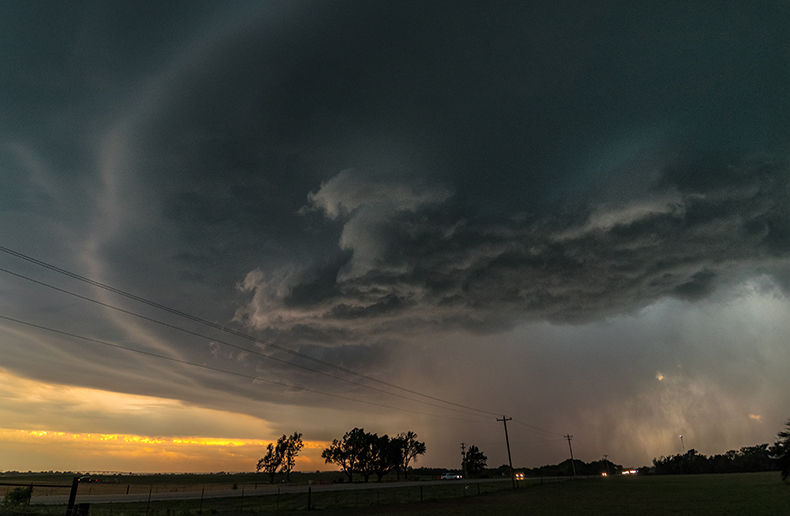As reported in the May edition of The Insurance and Investment Journal, The Canadian Council of Insurance Regulators (CCIR) recently released its long-anticipated position paper on Managing General Agencies (MGAs). In discussing the paper with industry stakeholders, most are positive about the paper, but agree at some point that more work needs to be done.
“I think the four pillars they go through at the end of the paper – the things they expect insurers to have in place – I think every company needs to look at that very carefully and make a decision for itself as to how that fits their strategy, or go back to the CCIR and say ‘We think you’ve got it wrong here,’” says Rick Forchuk, vice president, retail insurance distribution at Empire Life.
Interestingly, for a report on MGAs in particular, the paper is somewhat light on recommendations for MGAs to follow, at least initially. Instead, the paper focuses primarily on the requirements and expectations the council has for insurance companies.
In the lead up to the paper’s release, several MGA executives expressed hopes that the paper would level the playing field between MGAs who’ve invested resources to hire compliance officers and implement policies, and those who have not. It was also hoped the paper would put a halt to the practice of carriers downloading liability to MGAs through their contracts, complete with hold harmless clauses, where distributor companies are compelled to assume all liability for the transactions that occur between carriers and clients, via agents who sell the insurance company’s policies.
In the first case, it is likely that some will be disappointed by the paper’s recommendations. As for the second, it remains to be seen how insurance companies will react to their new oversight responsibilities.
“It really depends on how the insurance companies react to all of this,” says Allan Bulloch, president of IPG Insurance and director of legislative affairs at the Canadian Association of Independent Life Brokerage Agencies (CAILBA). “They could design a contract that puts all of this responsibility onto us and say ‘Good luck, you figure it out.’ But I’d like to hope we can work together with them on that.”
In short, if the CCIR’s position paper is finalized, it very clearly holds insurance companies responsible for the conduct of agents and for all of the activities they outsource to MGAs; it requires that insurance companies screen MGAs and clearly define their roles and responsibilities, and have systems and controls in place for oversight and “ongoing compliance monitoring of tasks delegated”, whenever they contract the services of an MGA.
Although many people expected the paper would come out with an actual definition of what an MGA is, and then require licensing for these entities (currently MGAs, regardless of their size, are still licensed as insurance agents), the paper stops short in this respect.
“It really says there’s no requirement by the regulator to supervise,” says CAILBA president, Paul Brown. “If there was a risk to the consumer, I think you would’ve seen a different kind of paper.” One of the paper’s initial position statements says “many life insurers have complex organizational structures with a large number of different entities used to deliver their financial products. For these organizations, the relationship between entities … merits special consideration by regulators.” The Agencies Regulation Committee (ARC) was first set up, assuming that MGAs in some way posed a risk to insurance companies and consumers, with a mandate “to identify the risks to consumers and legislative and regulatory issues that may be arising from the activities of MGAs.”
According to Doug McLean, deputy superintendent of financial institutions with the Financial Institutions Commission of British Columbia, and chair of the ARC committee responsible for publishing the paper, the regulatory superintendents, all members of the CCIR, are generally responsible for insurers, while the Canadian Insurance Services Regulatory Organization (CISRO) is the body responsible for agent and MGA qualifications and standards. “The superintendents’ focus was on the insurer,” he says. They felt if insurers had effective systems and controls in place to manage their arrangements with MGAs, they (the MGAs) would not necessarily require licensing.”
For insurance companies (and for MGAs hoping to understand the paper’s business implications), the paper says an insurance company’s board of directors must be satisfied that management has the control and resources to manage and regularly review the insurer’s MGA “strategy” effectively.
Moreover, it must:
According to the paper, “the insurer’s board of directors will always retain overall accountability for the MGA strategy and should receive periodic reports on whether it continues to meet the insurer’s business objectives. At least annually, it should review each MGA to ascertain its ability to continue to deliver service in the manner expected.”
Requiring that insurers think of their MGA use as a strategy in and of itself is not a new concept, exactly, but Mr. McLean agrees that consideration for this part of a company’s overall distribution strategy, in the past, might not have been looked at “in the level of detail that the paper suggests.”
“They make reference more than once to the board of directors. I think they want to make sure that everyone in the insurance company, from the top down, understands the MGA distribution business – who’s involved, how it works and the impact it has on the insurance company,” says Mr. Brown.
On the surface, the paper appears to contain a lot of new work for the companies, and ultimately for MGAs as well, but some say a lot of the requirements discussed are already in place, and the paper will do very little to impact business as usual.
Extensive screening
Mr. Forchuk says no MGAs are granted a contract with Empire Life today, without going through an extensive screening process already.
Similarly, at the MGA level, HUB Financial president, Terri DiFlorio, and Qualified Financial Services president, Nick Simone, both point out that many MGAs have compliance processes and reporting procedures in place already.
Ms. DiFlorio is also optimistic that insurance companies will be reasonable and work collaboratively to get any remaining requirements in place. Mr. Brown, meanwhile, says CAILBA will be bringing back its committee to work with MGAs and carriers to review contracts. The association will also be working with companies to work out acceptable auditing and oversight protocol which protects all interests, but makes it so that MGAs won’t need a full time audit team on staff. One challenge, for larger distributors with multiple contracts in particular, will be balancing new audit requirements in the future.
Leaving it to insurance companies to decide the quantity and quality of information they need from MGAs, though, could create several issues akin to those raised when discussing non-standard insurance applications, or back office data feeds, with each company demanding a different set of requirements.
Ms. DiFlorio, however, says carriers are being decidedly sane about their requirements when it comes to existing annual audits – she and Mr. Simone both say the questionnaires are relatively standard from each carrier, with only a few company-specific questions appended to each. Similarly, she says the large regulators also have a history of being communicative about their intentions.
“Nobody wants to have compliance put a bunch of people out of business, it’s not best for the industry either,” she says. “I think we’ll probably start to see more carriers actually come in and do audits to look at how well MGAs follow policies and procedures. I think there will be more oversight from the insurance carriers perspective too. I don’t think that’s a bad thing if we can do it in an intelligent, logical, common sense way.”






